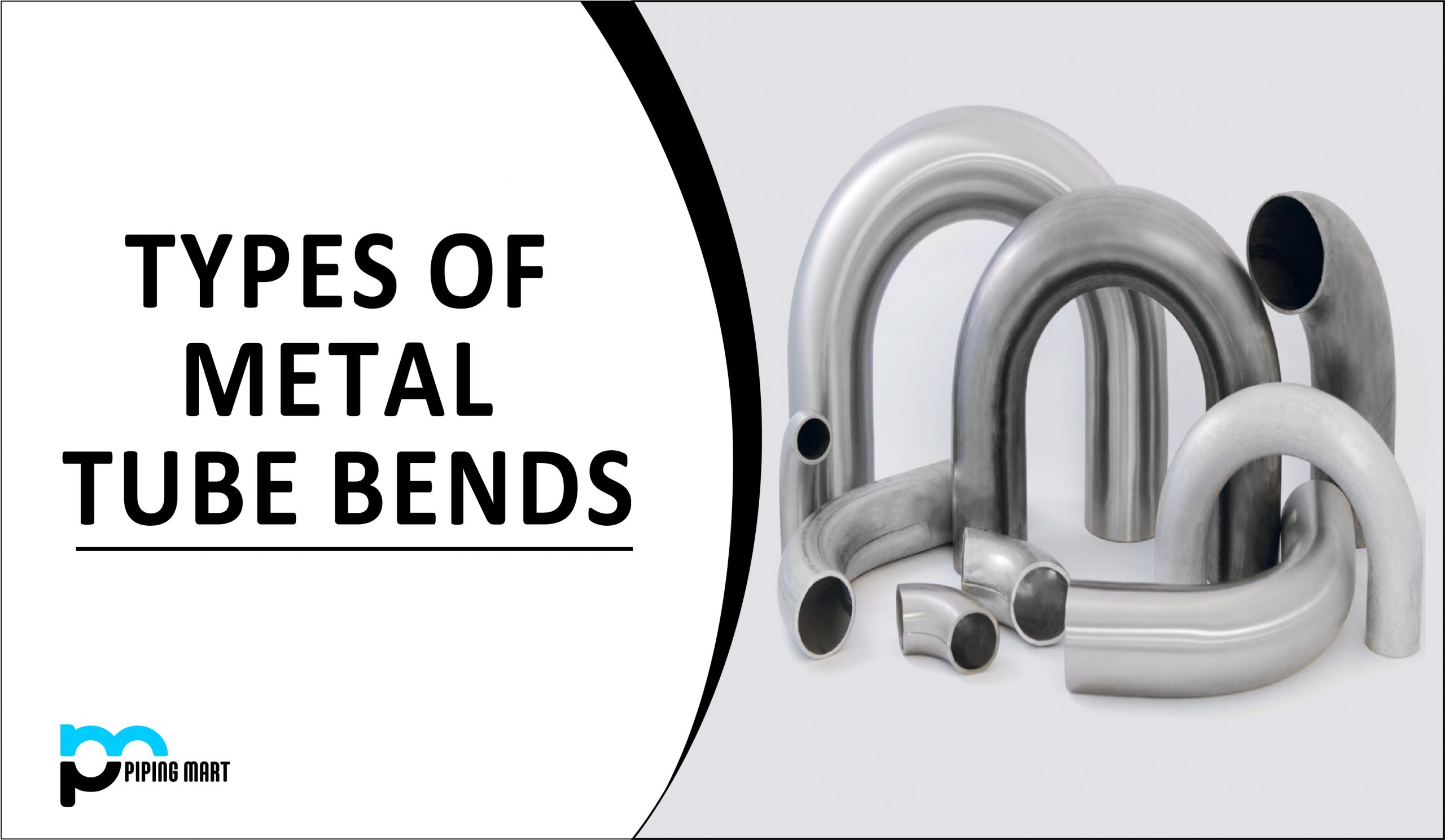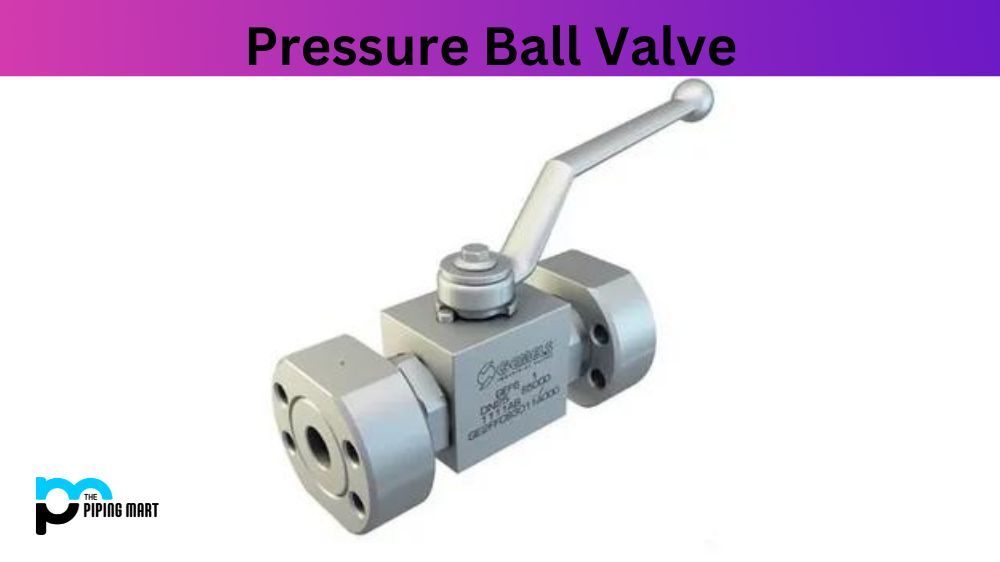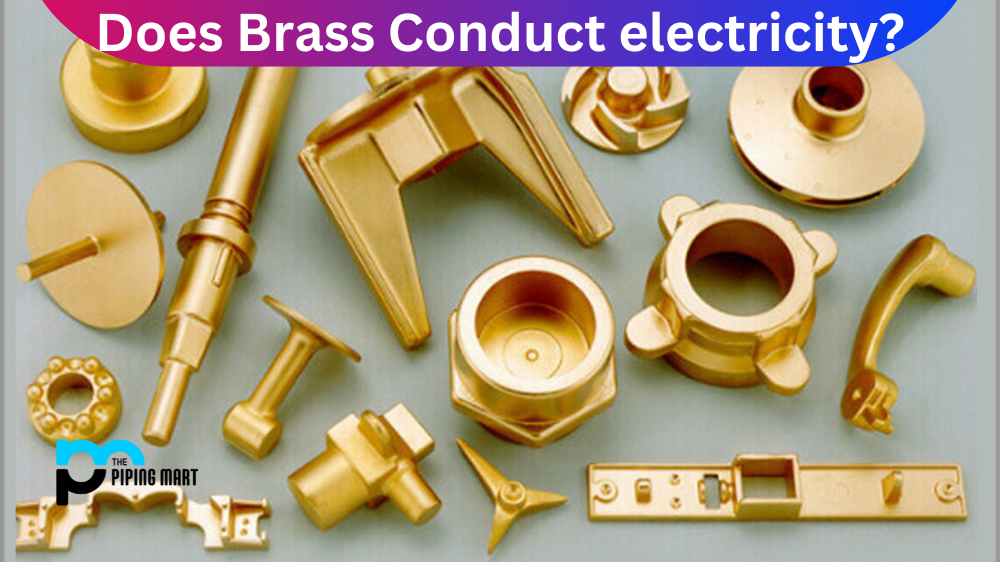A gate valve is a type of valve used to control the flow of liquids. It has a wedge-like disc that opens and closes to regulate fluid flow. While this type of valve can be extremely useful in certain situations, it also has drawbacks. Let’s look at some of the advantages and disadvantages of gate valves.
Advantages of Gate Valves
One of the main benefits of using a gate valve is that it allows precise control of the liquid’s flow rate. This makes them ideal for situations where precise liquid control is needed, such as in chemical processing or water treatment plants. The other major advantage associated with gate valves is their durability; they are made from tough materials that are designed to withstand extreme temperatures and pressures, making them reliable and long-lasting.
- Gate valves are one of the most common valves used in industrial applications.
- Gate valves are designed to open and close a pipeline by lifting a gate out of the way.
- Gate valves are simple in design and easy to operate.
- Gate valves are durable and have a long lifespan.
- Gate valves can be used in various applications, including oil and gas, water, and chemical processing.
Disadvantages of Gate Valves
The biggest disadvantage of gate valves is that they are not suitable for rapid operations because they take longer to open and close than other valves (such as ball or butterfly valves). This can be problematic if you need to shut off quickly or reduce the flow rate, as you would have to wait for the gate valve to close before any changes could be made. In addition, gate valves require regular maintenance to keep them functioning correctly; if they become corroded or stuck, they might not open or close properly.
Difficult to operate
One of the primary disadvantages of gate valves is that they are difficult to operate. This is because gate valves require a lot of torque to open and close, making them difficult to turn. Additionally, gate valves can be difficult to align, making it challenging to get a good seal.
Can be damaged by corrosion
Another disadvantage of gate valves is that they can be damaged by corrosion. This is because gate valves are made of metal, which can corrode when exposed to water or other liquids. This can cause the valve to leak or even fail.
Can become stuck
Another issue with gate valves is that they can become stuck. This is because the valve seat can become corroded or the valve stem can become seized. When this happens, it can be very difficult to open or close the valve, which can cause problems in a piping system.
Not suitable for high-pressure applications
Gate valves are also not suitable for high-pressure applications. This is because the valve seat can leak at high pressures, leading to system failure. Additionally, the valve stem may not be strong enough to withstand high pressures, which could cause it to break.
More expensive than other types of valves
Finally, gate valves are more expensive than other types, such as a ball or butterfly valves. This is because gate valves are more complex and require more manufacturing materials.
Conclusion:
Gate valves can be incredibly useful in certain applications due to their ability to regulate liquids precisely; however, some drawbacks are also associated with them. They take longer to open than other types of valves, which means they cannot be used in rapid operations, and regular maintenance is required to keep them working properly. So while they can be beneficial in some cases, it’s important to weigh both the pros and cons before investing in one for your business needs.

A passionate metal industry expert and blogger. With over 5 years of experience in the field, Palak brings a wealth of knowledge and insight to her writing. Whether discussing the latest trends in the metal industry or sharing tips, she is dedicated to helping others succeed in the metal industry.




